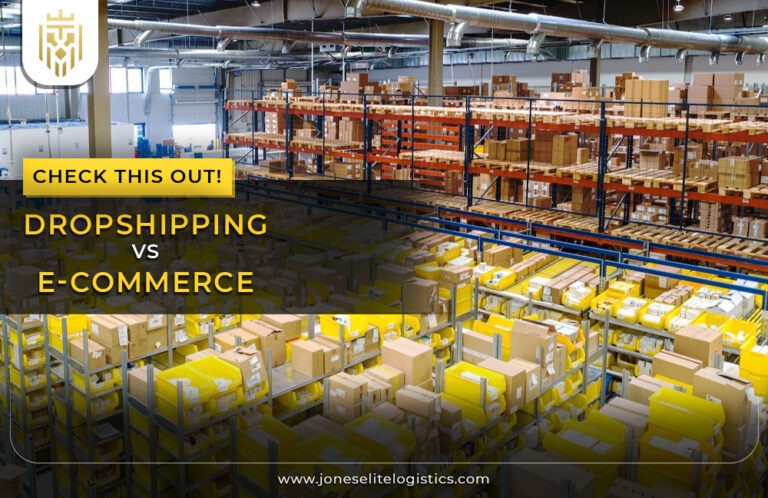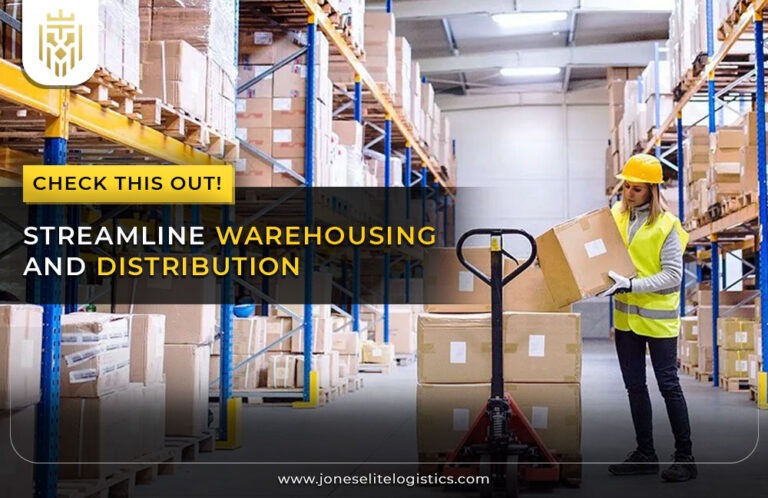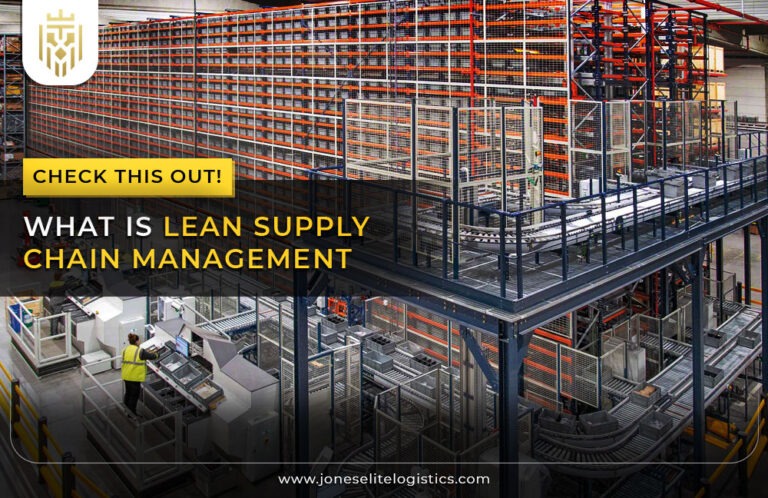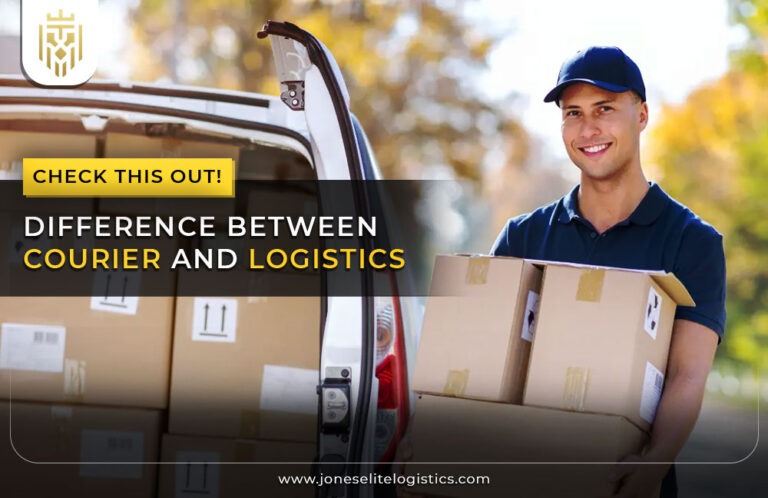What is Inbound Logistics:
Inbound logistics may be defined as the flow of acquiring all the necessary and appropriate raw materials or components required for production. It embodies all that is concerned with buying, receiving, inspecting, and transporting goods to a manufacturing or assembling site. This branch of logistics gravitates towards issues that relate to the procurement of materials that are used in the process to ensure that the operation is not halted due to lack of consumables.
Importance Of Inbound Logistics:
Inbound logistics could help or hinder the smooth running of the supply chain, the prevention of downtimes within the production cycle, and cost reduction. This supplies material for use in production, which in turn helps in efficient planning of production and timely delivery to its customers. Consumers decide the type and quality of materials or components required and manage them efficiently, hence improving supplier relations, reducing inventory costs, and even resulting in a more effective flow of operations.
Inbound Logistics Activities:
Key activities include purchasing, acquiring, obtaining, holding, accessing, and controlling stock or material. All these activities have a very important responsibility of making sure that when materials get to the production floor they are in the right condition and at the right time.
Procurement:
Purchasing is a managerial task that deals with the act of acquiring all materials, parts and other accessories that are used in the production process. It includes supplier appraisal, supplier communication and purchasing, purchasing with prices and receiving goods and services. The main strategies of material management include the ability to control the expenses and quality of procurement which is a key factor in regard to inbound logistics.
Transporting:
Transporting is understood as the process of moving materials directly from the suppliers’ side to the manufacturing locations. This includes the selection of appropriate transport means and approaches to getting to various places and the effective management of logistics companies. There is more time on productivity because the time used in transit is reduced and the cost of transport, though not completely eliminated, is considerably reduced.
Receiving:
Receiving is also the process of accepting the goods that have been delivered at the manufacturing facility. It also comprises of comparing the quantity of items received against the purchase order, quality check for damaged goods, and paperwork. Receiving processes which involve checking receipt records/envelopes ensure that inventory standard and records that are used for quality controlling are well managed.
Storing:
Storing involves arranging the received commodities in appropriate locations within the storage so that they can be awaited for further circulation. This encompasses the organization of the materials in a manner that shall allow for the proper utilization of the space that is available with the ability to access each of them easily. Considering the storage of different materials is vital to their preservation as well as availability within production lines.
Retrieving:
Retrieving is defined as the process of searching and taking the material to the production area where it is required. This activity requires well-developed systems for managing inventory to make it easy and quick to locate materials. The main aim of effective retrieving processes is the reduction of the intervals of production and improvement of the productivity of work.
Managing Inventory:
This consists of inventory counting, inventory checking, using physical inventory, and improving stock range to avoid understocking or overstocking. The inventory management helps to prevent a firm supplying unnecessary stock of materials that were not utilized much in production or supplying items with high holding cost.

Advantages Of Inbound Logistics:
Benefits of inbound logistics include the following: It improves the productivity of production lines, reduces expenses for operation, and suggests timely delivery of the necessary quality of raw materials and materials, meeting the requirements of a customer.
Predictable Raw Material Cost:
A stable raw material price is more beneficial for the companies since it has straightforward control over their budget. If specific long-term contracts are signed, it is possible to lock in the prices, which is also beneficial because the constant changes in the markets can lower the overall accuracy of the cost predictions and put more pressure on the organizations’ financial situations.
Optimized Inventory Management:
Proper stock flow management is important to have enough materials when it is required instead of having a highly excess product or, vice versa, having no stock at all. This efficiency therefore leads to low stocks, high cash returns, and proper co-ordination of production hence gaining effective form of operation with minimal wastage.
Superior Product Quality:
The procurement and receiving of products should also undergo a quality check so that the final product of the company will be of excellent quality. As from the input side, it is also necessary to check the incoming raw materials before they are processed to ensure that they meet certain requirements that have been set so that this can help in averting problems like the formulation of defective products that are w thereafter offered to the consumers in the market.
Minimized Shipping and Receiving Costs:
Reduced transport and handling expenses regarding shipping and receiving entail efficient methods of transport. Whether it is about the management of routes, shipment consolidation, or the areas of low-cost transportation, it is possible to decrease logistics expenses and, therefore, have an impact on the global cost of production.
On-Time and Cost-Effective Deliveries:
Reliable, timely, and on-budget supply brings the materials to the manufacturing facility where they are required without interruption. Effective logistics management and strong supplier partnerships enable timely delivery hence enhancing the smooth production process and satisfaction of consumers’ needs.

Challenges of Inbound Activities:
There are several challenges to inbound logistics that bring about increments in costs, disturbances in the supply chain, and in the production schedule which make it necessary to come up with proper strategies and solutions to this issue.
Shipping Inefficiency:
Shipping inefficiency can be a result of flawed logistics management, compromising transport management, and delayed or slowed down supply chain. Some of these problems can result in extra charges, late deliveries, and variations in the production calendar, making it essential for managers to develop effective logistics plans for optimal functioning.
Information Vacuum:
An information vacuum is a situation where there is no or limited real-time information and interaction between suppliers and manufacturers. This can lead to wrong production planning, inventory management, and consequently wrong supply chain response time and that is why information sharing and operation technology are very relevant.
Supply and Demand Balance:
Demand and supply rates are difficult to balance since they are affected by seasonal changes and customers’ desires. Lack of accurate demand forecasting and a rigid supply chain lead to overstocking or stocking out this emphasizes the necessity of contingent planning and a supply chain that responds to changes.
Capacity Constraints:
Factors that may hinder the flow of incoming materials in manufacturing firms include a lack of adequate capacity in storage, transport, or production areas. These are constraints that lead to delays, additional stops, or delayed shipments and that require capacity planning activities and flexible logistics solutions to address growth rates and unpredictable demand levels.
Quality Issues:
Inbound logistics-related defects comprise receiving inferior or non-genuine materials that could hinder production and consequently, lead to defective products. These risks can be previously managed by applying definite quality control measures and by setting up quality requirements concerning suppliers.

How to Optimize Inbound Logistics:
Improvement of inbound logistics means that currently there is a need for optimization of processes to increase efficacy and decrease expenses. All of them are targeted to enhance the flow of materials, to cut down the lead times, and to reduce inventory holding costs to create a smooth and efficient supply chain.
Establish Solid Supplier Relationships:
Relationship management with the suppliers helps in achieving disciplined delivery, proper communication, and identification of problems on a common platform. It results in better negotiations, quick receipt of supplies, and receiving high-quality products. This means that proper supply chain performance evaluation and more to the point, an active supply chain communication always facilitates an efficient supply chain.
Implementing Advanced Planning and Scheduling (APS) Systems:
APS supply chain planning and integrated production scheduling systems increase manufacturing plans and stock control. These systems predict the demand, order, and schedule purchases effectively which reduces the lead time and prevents stockouts. They assist in matching supply with demand in such a way that it enhances the general supply chain flexibility.
Leveraging Technology:
Technology solutions like automated inventory, tracking, and analytics systems enable increasing the level of visibility and control of inbound logistics. They help to obtain prompt and correct information that enhances decision making, and order deliveries and minimizes manual mistakes.
Optimize Storage and Warehousing:
Storage and warehousing management are all about arranging inventory so that access is easy, the layouts employed are efficient and inventory management systems are utilized. This also helps in the organization of materials by ensuring that they are stored properly, retrieved easily, and space is optimally used hence less space for storage is used hence saving costs of storing materials.
Focus on Quality:
Inbound logistics must therefore undergo various inspections and control measures to ensure it complies with high-quality standards. This helps in avoiding instances where substandard products make their way into the production process only to be returned for adjustments or discarded. Consistent quality of materials is achievable through quality metric setting and constant checking.
Consolidate Shipments:
This type of transportation allows for better organization of several small cargo deliveries into a single large delivery. This cuts down on the number of trips made, reduces fuel expenditure, and ultimately reduces handling costs. Some of the advantages of receiving the products include coordinating with the suppliers to combine the shipment to cut expenses substantially.

Best Practices for Managing Inbound Logistics:
The ideas that can be adopted when managing inbound logistics are the JIT inventories, cross-docking, procuring, and purchasing policies should be reviewed frequently and supplier relationships should be strong. Getting feedback and analyzing the data also helps to enhance its efficiency and effectiveness while implementing industry standards.
Future Trends of Inbound Logistics
Inbound logistics trends in the future are likely to leverage more AI and machine learning for predictive analytics, have more blockchain technology to improve the transparency of the inbound logistics and security in supply chains, and have more IoT devices to track items in real time. Other dynamic practice areas that are also developing more are sustainability, green logistics, and circular supply chains.
FAQs
1) What is Inbound Logistics?
Inbound logistics relates to the transit and reception of materials, namely raw materials and components, from suppliers to the production sites. It also ensures that these materials get delivered in the right way and on time to facilitate the unending production process.
2) What are the components of Inbound Logistics?
Inbound logistics is made up of procurement, transportation, receipt, storage, and reorder and inventory management. These activities facilitate the flow, storage, and readiness of materials and resources used during the manufacturing and production processes of a company.

